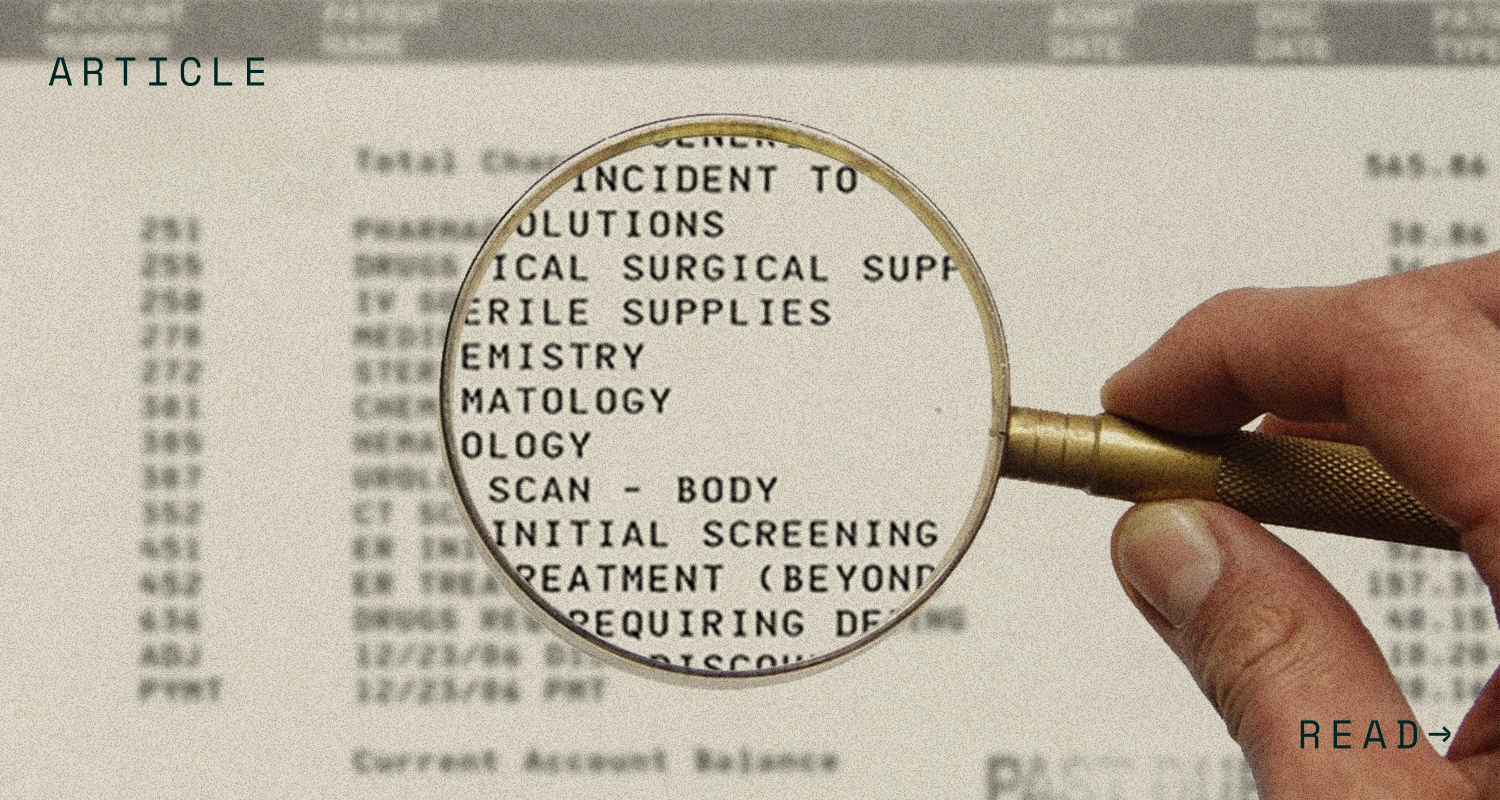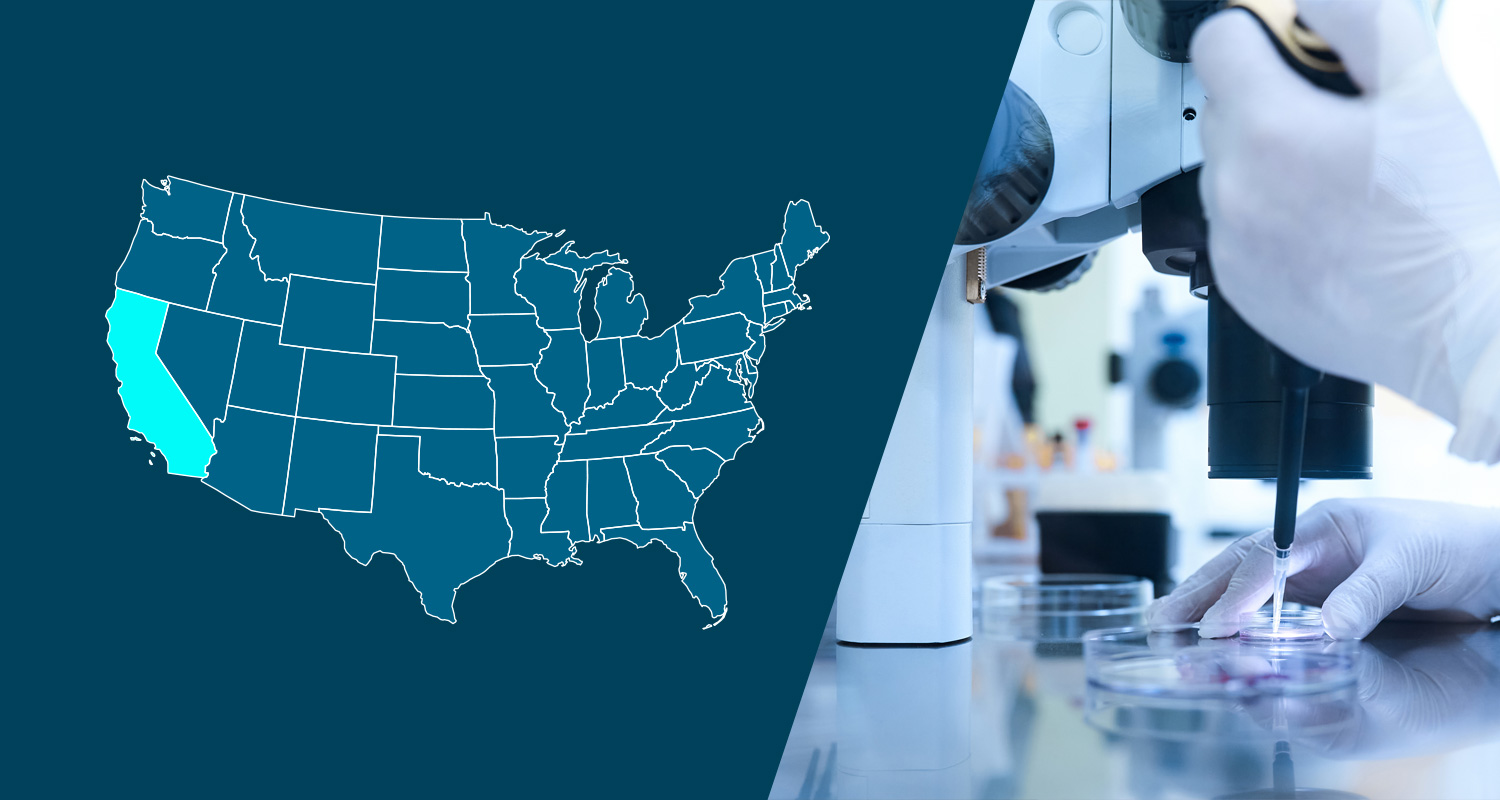The SECURE Act represents the most significant retirement plan legislation in more than a decade in improve Americans’ retirement security. Much of the legislation has direct impact to provide administrative relief to plan sponsor and expand retirement plan coverage and savings opportunities to participants. Sequoia strongly believes this legislation and the subsequent actions taken by Plan Sponsors, Advisors, and Recordkeepers will help address the significant retirement “coverage gap” many Americans face today.
This legislation may have an almost immediate impact on plan sponsors, participants and other investors, with some of the provisions taking effect on January 1, 2020. Sequoia will provide more information as we complete our analysis with our retirement recordkeeper partners, but in the meantime, provided below are descriptions of the provisions in the new law that directly affect retirement plans, IRAs and 529 plans. and there’s a more in depth profile on the legislative changes here, authored by Craig P. Hoffman of Trucker Huss.
| TOPIC | TYPE OF PLAN | DESCRIPTION |
| 1. Plan Design | ||
| Deadline to adopt plan amendments | • All retirement plans | Plan amendments implementing the new law generally must be adopted by December 31, 2022 (or December 31, 2024, for collectively bargained or governmental plans). The amendments may be retroactive to reflect prior changes to plan operations. |
| Deadline to adopt a new plan | • 401(a) stock bonus, pension, profit-sharing or annuity plans | Permits plan adoption after the close of a taxable year, if adopted before the sponsor’s income tax return filing deadline, including extensions of time to file. |
| Ability to adopt a 4% nonelective contribution safe harbor plan | • 401(k) plans • Some 403(b) plans |
Permits plan sponsors to adopt a non-elective contribution, safe-harbor plan design later in the plan year, if the employer’s contribution is at least 4% of compensation. |
| Small-employer tax credits | • 401(a) plans • 403(a) annuity plans • SEPs • SIMPLE Plans |
Provides small employers with generally up to 100 employees a start-up retirement plan credit of up to $5,000 over a three-year period. If the plan includes automatic enrollment, an additional credit of up to $500 is available. |
| 403(b) plan terminations | • 403(b)(7) plans | Permits in-kind distributions to participants of 403(b)(7) custodial accounts upon plan termination. |
| Church plans | • 403(b)(9) retirement income accounts | Clarifies that employees of church-controlled organizations are eligible to participate in retirement income accounts provided by churches, etc. |
| 2. Employee Eligibility and Enrollment | ||
| Participation by long-term, part-time employees | • 401(k) plans (other than collectively bargained plans) | Requires eligibility for employees to make salary deferral contributions after completion of either one year of service (with at least 1,000 hours of service) or three consecutive years of service with at least 500 hours of service in each year. |
| Automatic enrollment safe harbor maximum | • 401(k) plans • Some 403(b) plans |
Raises the cap for the automatic-enrollment, salary-deferral safe harbor from 10% to 15% of eligible compensation after the participant’s initial year. |
| Annual safe harbor notices | • 401(k) plans • Some 403(b) plans |
Eliminates the annual safe harbor notice requirement for nonelective contribution plans. |
| 3. Distributions and Withdrawals | ||
| Birth or adoption distributions | • 401(a) defined contribution plans • 401(k) plans • 403(b) plans • 457(b) governmental plans • IRAs |
Permits “qualified birth or adoption distributions” from retirement plans and IRAs of up to $5,000, which are not subject to the 10% early withdrawal penalty and may be repaid as a rollover contribution to a retirement plan or IRA. |
| In-service distributions at age 59½ | • 401(a) pension plans, including money purchase pension plans • 457(b) governmental plans |
Permits in-service distributions at age 59½. |
| Required minimum distributions – starting age | • 401(a) plans • 401(k) plans • 403(b) plans • 457(b) plans • IRAs |
Increases the age that a participant in a retirement plan or an IRA owner must begin taking required minimum distributions from 70½ to 72. This is valid for individuals who attain age 70½ after December 31, 2019. |
| Required minimum distributions – beneficiary distribution periods | • 401(a) defined contribution plans • 401(k) plans • 403(b) plans • 457(b) governmental plans • IRAs |
Requires that certain beneficiaries receive their inherited IRA or plan assets within 10 years. Surviving spouses, minor children, disabled beneficiaries, chronically ill beneficiaries, and beneficiaries not more than 10 years younger than the employee may continue to stretch distributions over their lifetime. |
| Portability of “lifetime income investments” (fixed and variable annuities and other investments that guarantee a minimum level of income annually or more frequently) | • 401(a) defined contribution plans • 401(k) plans • 403(b) plans • 457(b) governmental plans |
If a “lifetime income investment” will no longer be authorized as a plan investment, participants may be permitted to roll their investment out of the plan to another eligible plan or IRA, or receive their investment as a distributed annuity contract – even if otherwise ineligible to take a distribution. |
| Qualified disaster distributions | • 401(a) plans • 401(k) plans • 403(b) plans • 457(b) planss • IRAs |
Retroactively provides special rules for qualified disaster distributions and loans from retirement plans and IRAs. |
| 4. Investment Options | ||
| Lifetime income disclosures | • Defined contribution plans subject to ERISA | Requires participants’ defined contribution benefit statements to include, annually, a lifetime income disclosure describing the monthly payments the participant would receive if the participant’s total account balance in the plan was annuitized. The Department of Labor must issue a safe harbor model disclosure within one year after the legislation passes. |
| Lifetime income provider selection | • Defined contribution plans subject to ERISA | Establishes a safe harbor for plan fiduciaries responsible for reviewing the financial capabilities of insurers offering lifetime income contracts. |
| 5. Miscellaneous Provisions | ||
| Consolidated IRS Form 5500 filings | • Individual account plans and defined contribution plans subject to ERISA | Permits certain plans of controlled groups with the same trustee, named fiduciary, administrator, plan year, and investment options to file one combined annual report on IRS Form 5500. |
| Definition of compensation | • Defined contribution plans • IRAs |
Allows certain taxable, non-tuition fellowship and stipend payments as compensation for IRA purposes.
Allows qualified foster care payments, which are excluded from taxable income as difficulty- of-care payments, as compensation for IRA and defined contribution plan purposes. |
| Closed classes of participants | • Defined benefit plans | Modifies the nondiscrimination testing rules for certain defined benefit plans to protect older, longer-service participants in defined benefit plans that provide benefits to a closed class of participants. |
| Cooperative and small-employer charity (CSEC) pension plans | • Defined benefit plans | Sets flat-rate Pension Benefit Guaranty Corporation (PBGC) premiums for CSEC plans at $19 per participant plus $9 for each $1,000 of unfunded vested benefits, if any. |
| Community newspaper plans | • Defined benefit plans | Provides pension funding relief for community newspaper plan sponsors. |
| Failure-to-file penalties | • All retirement plans | Increases penalties for the failure to file certain tax returns, information returns, notices, and other statements with the IRS. |
| 6. IRAs and 529 Plans | ||
| Traditional IRA contributions | • Traditional IRAs | Permits eligible individuals of any age to make contributions, other than rollover contributions, to traditional IRAs. |
| Qualified charitable distributions from IRAs | • IRAs | Reduces the amount of qualified charitable distributions from IRAs that can be excluded from income based on post-70½ deductible IRA contributions. |
| 529 plan distributions | • 529 plans | Allows tax-free distributions of up to $10,000 to repay student loans and to pay for certain apprenticeship programs. |




